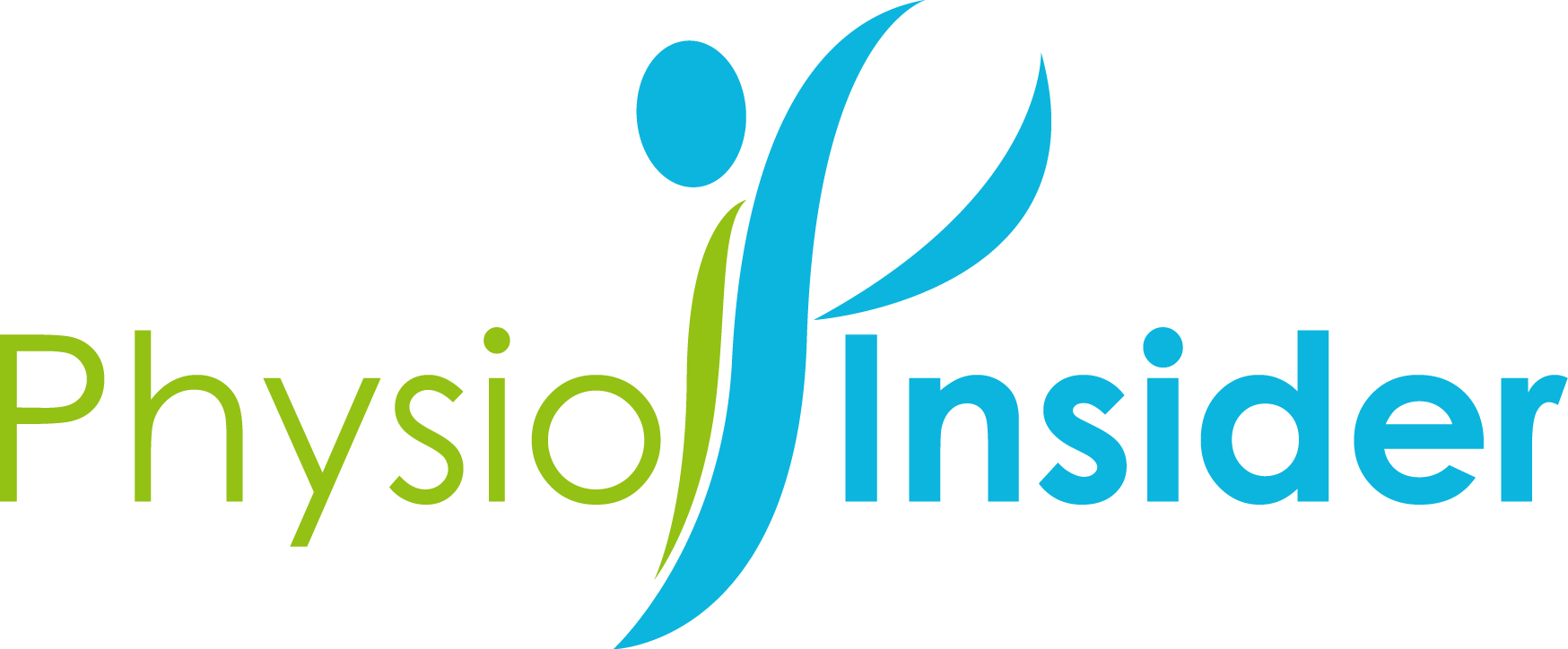I – Perception of pain
Is it all in my head? Yes. The brain is the final gatekeeper to the perception of pain. In other words, pain may not always correlate with the amount of damage dealt at the level of bones, muscles, tendons, ligaments, etc. There are reports of incidences where victims were stabbed from behind and have not […]
